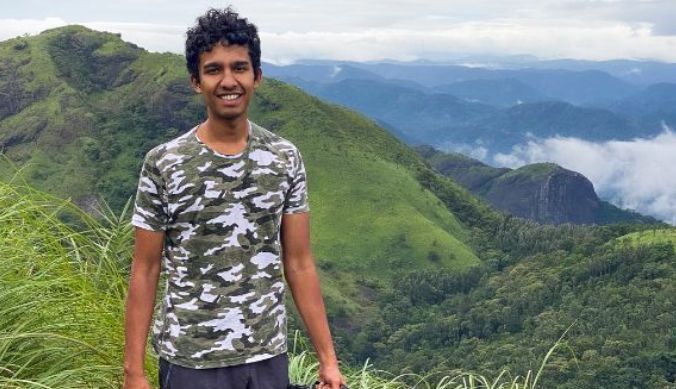Creating the 1st Ashoka Biodiversity Guide
Ashoka prides itself on its starling diversity, with students of several nationalities, ethnicities, vocations, etc. But its diversity stretches beyond the people who inhabit its halls. It lives in the scavenger vultures on the windowsills of RH5, the lapwings prancing along the lawns, and the tennis court’s barn owl that only reveals itself to a lucky few.
It lives in the wild denizens we share our spaces with.
I first stepped onto the red-bricked campus of Ashoka on a sunny afternoon in March 2023. I was enamoured with the large buildings and sprawling lattices.
At that time, I’d never imagined that, in the following three years, I’d document over 100 birds in the neighbourhood, discovering porcupines, nilgai, mongooses, monitor lizards, and numerous other curious fauna that slip by undetected in this drab corner of Haryana.
It all started with an impromptu decision to don my running shoes and run into the Haryana sunset. I jogged beyond Asawarpur into the sugarcane and mustard fields. I saw a herd of nilgai, and the rest was history. I began conducting surveys for wildlife and poured my findings into a document, and a year later, I had the 1st version of this guide.

As tempted as I am to take full credit for the guide’s findings, I must say it was a team effort. After I set the project in motion, numerous fellow students and even a few professors chipped in with their help. It was the help of Aditya Satish, Twisha Sangwan, Prateek Sibal, Vaibhav Ramani, Anika Chidananda Urs, Maitreya Sukumar, Professor Ghazala Shahabuddin, and Professor Manvi Sharma, who provided those species that I missed on my surveys. Later, Professor Mahesh Rangarajan, the esteemed HOD of the EVS department, generously wrote the foreword; thus, this guide was ready.
I use the word “ready” deliberately, for this guide isn’t complete. Chances are it will never be complete. There will still be new species waiting to be discovered, and that’s a job for the next generation of Ashokans to take up. The hope is that this guide will be updated with new findings every semester.
It could also give rise to new guides like, say, the plants in and around Ashoka. I find it disappointing that many of us at Ashoka (me included) walk past the trees around campus without knowing their natural history, least of all their names. An Ashokan plant guide is long overdue, and I sincerely hope it comes out sooner than later.
***
In one of my last semesters, I was walking from Dosai to the AC04 when a flash of orange darted through the ficus trees. At first, I thought it could be a treepie, but this bird was far too small and lacked the long tail feathers, so I hobbled closer.
Through the leaves was an orange-headed thrush, a species hitherto unknown to visit the campus! It was enjoying the shade of one of the only tree-covered spots on campus. I swiftly shot some images on my phone and shared them within the Ashokan birder’s WhatsApp group before leaving the bird in peace. To say it caused an uproar would be like calling a hurricane a gentle breeze.
That bird showed that many wild wonders were still waiting to be discovered. That dream—the allure of the wild—still lives, and that’s an encouraging thought.
The wild will only survive if it lingers in our imagination. That is what this guide is trying to get at—tickling our nascent fascination with the wild. An initiation is all it takes. Ever since this guide was published, scores of Ashokans have approached me wide-eyed, thrilled at the surprising diversity of our campus.
Ultimately, this guide speaks to a core facet within ourselves—our thirst for nature. That burning desire to step outside our front door and behold what wonders the wild world that awaits. For us at Ashoka, all we must do is walk into our own backyard.
(Written By: Ishan Shanavas, Ashoka Student)
Study at Ashoka













